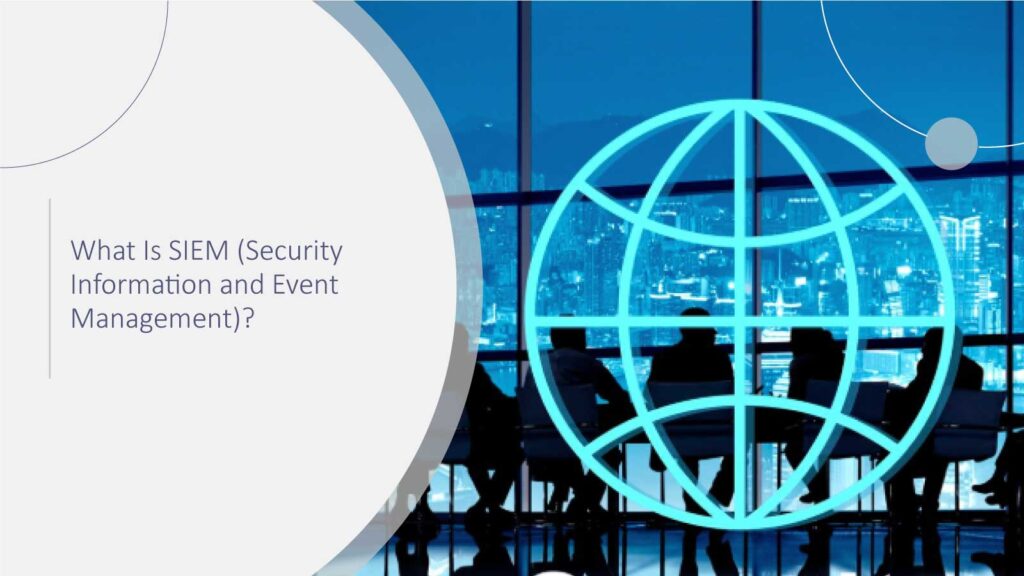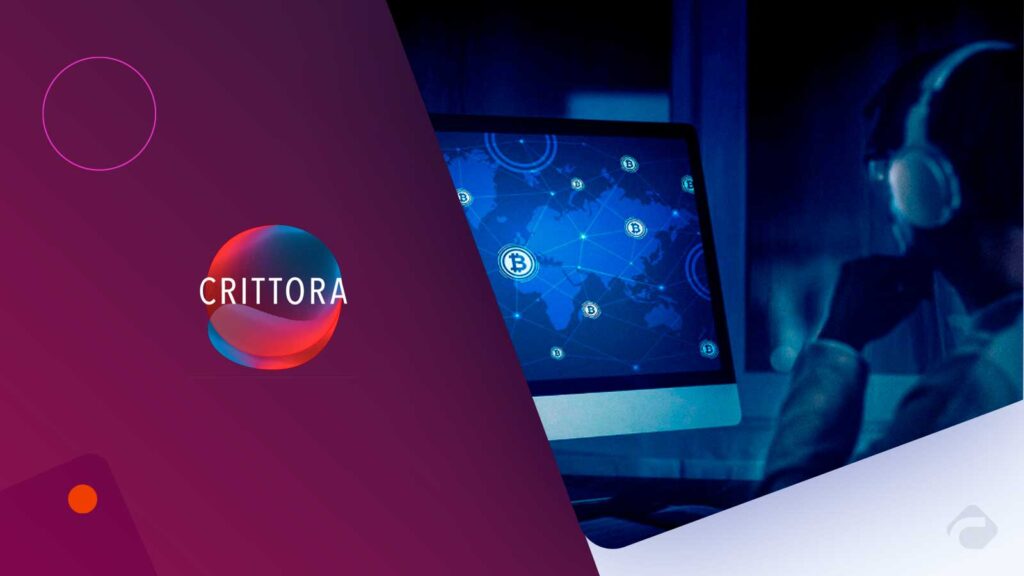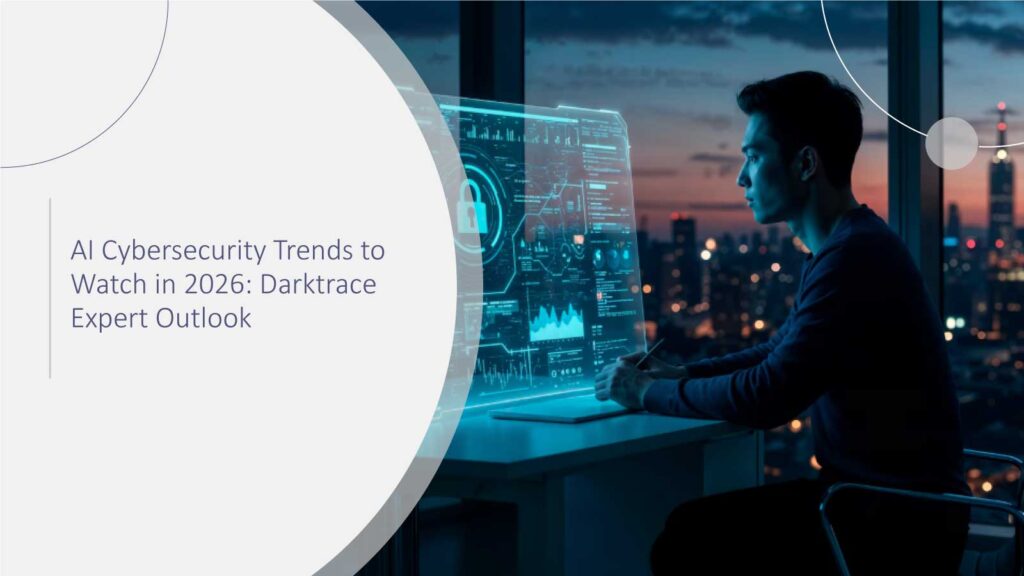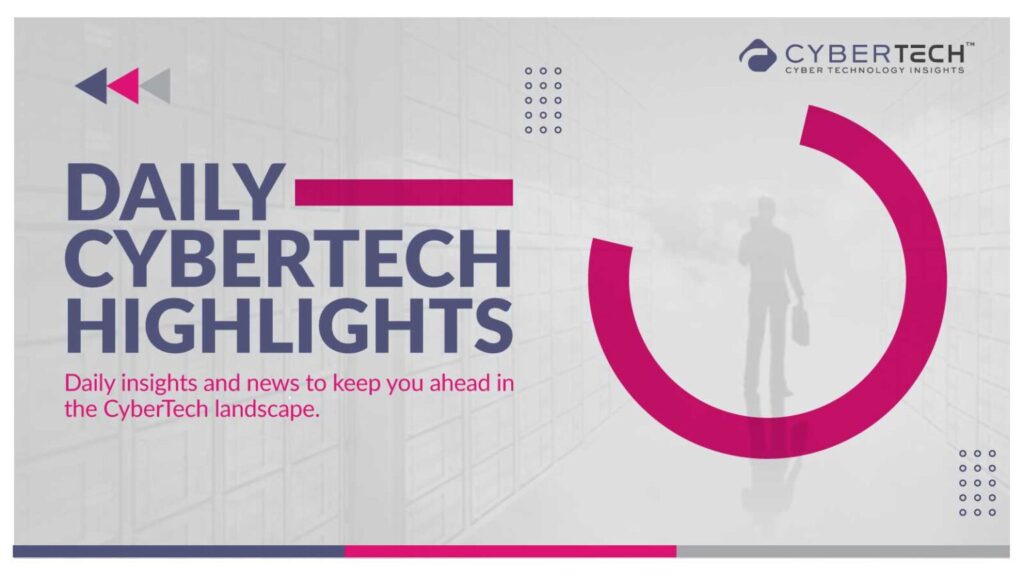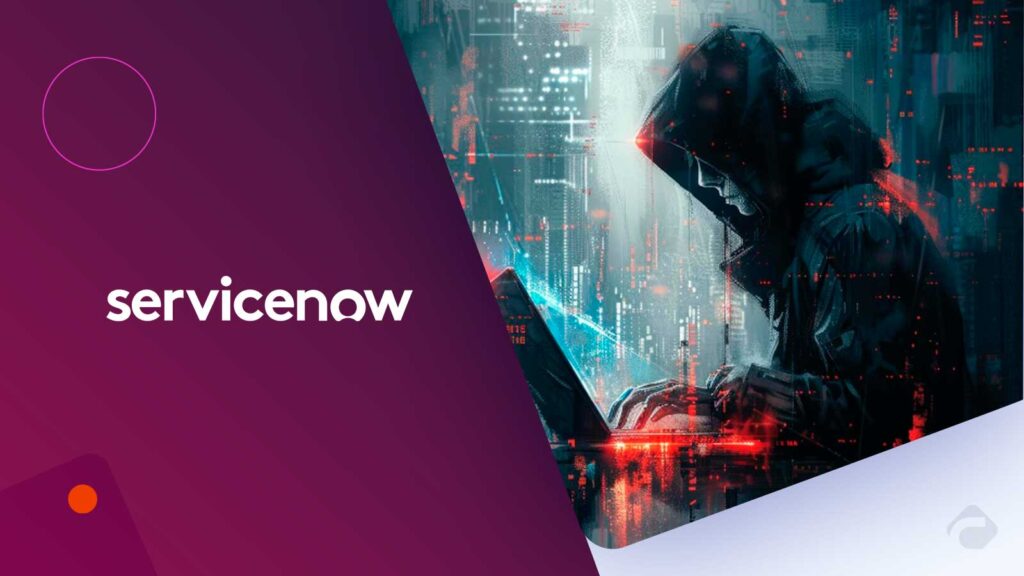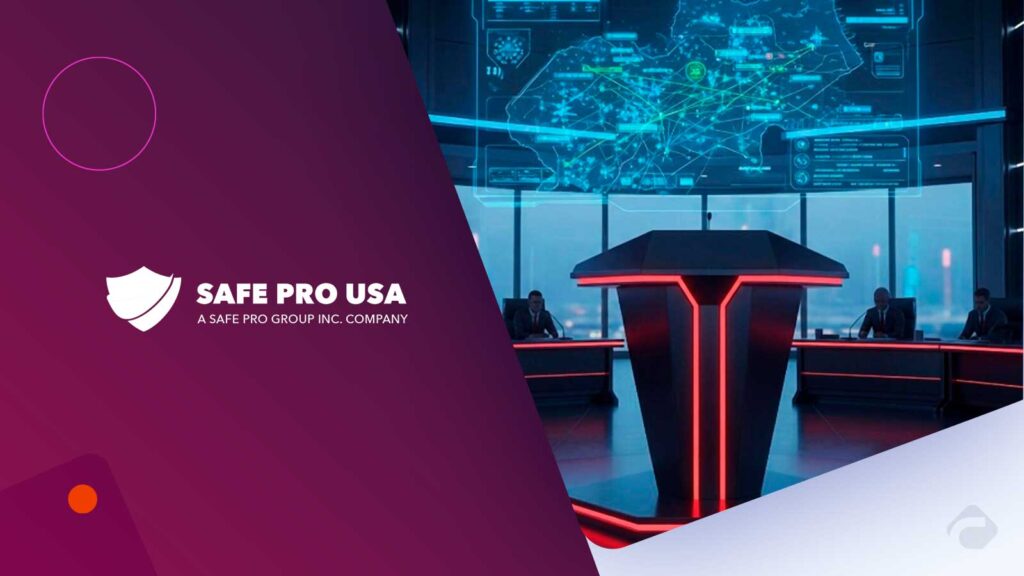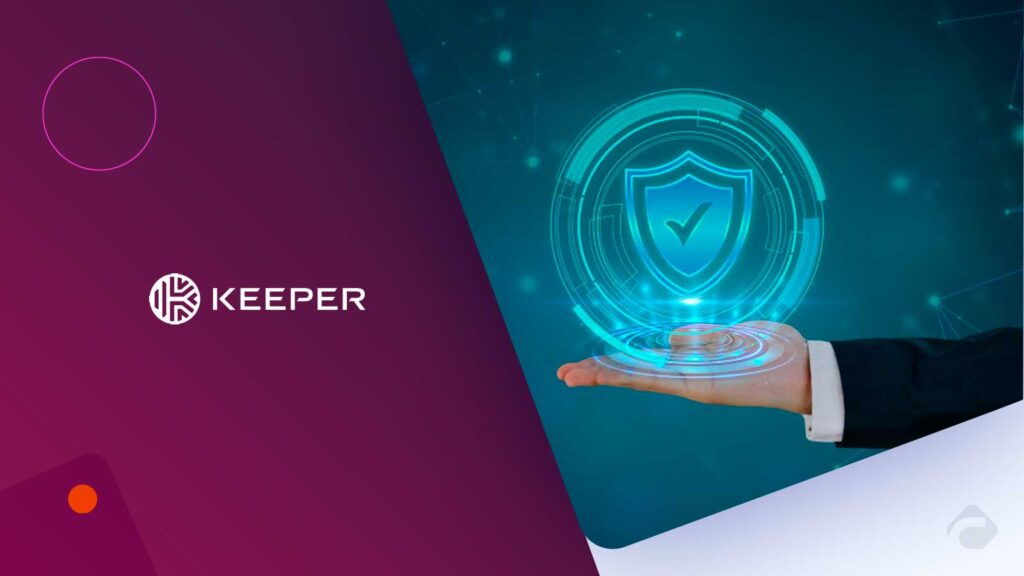Every single day, the threats are not just interruptions but a constant, changing, and sophisticated group of threats. Every second, the organizations have to deal with thousands of situations that may be from the network but also from insecure servers, which can lead to hijacking, malware spread, or attacks via ransom. Though, how do the security teams keep track of all these incidents, be on alert in the blink of an eye, and still keep their heads while they have to deal with tons of information? It is the Security Information and Event Management (SIEM) – the platform that changes straightforward security data into the previously envisaged kind of intelligence that can be put into action.
If you imagine SIEM operating as not just a data collection and analysis tool but also as the decision maker by helping the security teams figure out what to do without losing time, then you have it just right. The gradual stepping in of minor aberrations into the overall attack, as well as the giving of thorough compliance accounts, point out that SIEM is essentially the architect of modern cybersecurity strategy.
Every second, organizations face thousands of threats, with IBM reporting the global average breach costing $4.45M and taking 280 days to detect.
About SIEM: The Basics
Technically, SIEM merges Security Information Management (SIM) and Security Event Management (SEM) into a single, consolidated product. SIM objectifies the long-term conservation, examination, and reporting of log data, whereas SEM features live monitoring, event corroboration, and notification. Taken as a whole, they empower the companies to grasp the entire scope of their security premises.
In even easier words, SIEM is equivalent to an around-the-clock security analyst that does not require any breaks. This analyst is continually sifting through logs, network happenings, and system warnings, linking up the evidence of the suspicious deeds and raising alarms before they cause any damage.
Core Functions of SIEM
Data Collection and Aggregation
On the typical SIEM platforms, log data comes not only from servers, but from firewalls, endpoints, applications, and even cloud environments. When this data is aggregated in this way, a company can monitor through one dashboard the activities of its IT infrastructure.
Normalization and Standardization
Unprocessed data varies in structure despite the source. For the sake of efficiency… and the detection of the patterns… SIEM reverts this into a uniform format.
Event Correlation and Analysis
SIEM finds dependencies among events by linking incidents in various systems. An example of this can be the situation where there are several unsuccessful login attempts directly followed by a successful login from an uncommon location; in this situation, we can infer that a brute-force attack is at play.
Alerting and Incident Notification
SIEM detects suspicious activities and promptly alerts. As a result, the security team is able to promptly investigate and solve the problem.
Reporting and Compliance
For instance, the financial and health industries are just two examples among numerous others that are tightly regulated. SIEM facilitates the process of reporting and maintaining audit logs, thus the organizations will be compliant with GDPR, HIPAA, PCI DSS, and other standards.
The Strategic Importance of SIEM in Modern Cybersecurity
Cybersecurity today is about more than just blocking intrusions; it’s about foreseeing, recognizing, and reacting faster to dangers before they can affect business operations. As per the prediction report of Gartner for the year 2025, organizations that effectively implement SIEM solutions experience a cut in incident response times as much as 60%, which can be regarded as a huge benefit in the present adversarial environment. Annual growth rate of the vended cybersecurity market: ~12.4% per year between 2024–2027, according to McKinsey.
Every day, the number of events occurring in organizations runs into millions. Searching for complex threats without SIEM is just like finding a needle in a haystack. SIEM solutions go through the data immediately and can spot abnormal behaviors, unusual patterns, or even a trigger of insider threats. Projected increases in cybersecurity threat activity, e.g., malware or threat groups: McKinsey reports that nearly 80% of observed threat groups in 2021 had not been seen before; more than 40% of observed malware was previously unknown.
Suppose, for instance, a big e-commerce company is handling thousands of transactions every hour. A hacker who has stolen the credentials tries to get into customer accounts. Without SIEM, this kind of operation may be revealed only when a report of fraud has been raised. Whereas the security system now can detect the imposter’s unorthodox login patterns and alert the security team, so that the hacker will be prevented from entering the accounts.
Enhanced Compliance and Reporting
By law, detailed logging and the possibility of auditing are mandatory. To avoid violation fines, SIEM helps organizations automate audit-ready report generation that increases productivity and minimizes errors in the process. For example, a hospital can track who has accessed sensitive patient information, in this case, enabling compliance with HIPAA and ensuring data security at the same time.
Operational Efficiency
Through its all-encompassing event logs, SIEM unites security management into one centralized hub. The work of Security Operations Centers (SOCs) is eased by such functions as automated alerting, incident prioritization, and correlation. The analysts may use their available time to work on primary threats rather than doing the routine, tedious job of log processing. McKinsey finds SIEM automation can reduce analyst workload by up to 40%, letting teams focus on critical threats.
Modern Applications of SIEM
Use of SIEM is practical in a wide range of situations:
- The financial services sector: Identifying fraudulent transactions, monitoring abnormal logins, and adhering to PCI DSS guidelines rate of.
- The healthcare industry: Securing sensitive patient data, tracking the presence of intruders, logging and auditing practices that comply with HIPAA regulations.
- Retail: Keeping an eye on the point-of-sale (POS) system, specifying abnormal network traffic, and exposing credential-stuffing attacks.
- Energy and Utilities: Safeguarding essential infrastructure from cyber-physical毁te attacks and guaranteeing the organization’s operations continue to perform well.
Moreover, SIEM is a catalyst for the industry of forensics after a security incident. Post-security breach, the records gathered by platforms such as SIEM offer a detailed timeline of the actions, enabling the security staff to apprehend the assault pathways and to reinforce defense measures put in place.
Evolution of SIEM: From Reactive to Proactive
Originally, SIEM systems’ log collection and event correlation were the main focus. The development of the modern platforms that integrate deep analytics, AI, and automation has transformed SIEM capability from a reactive tool to a security hero asset.
AI and Machine Learning Integration
The best feature of AI in SIEM is the power of AI to detect the smallest details of odd changes in data, which are almost impossible for traditional rule-based systems to find. To illustrate, machine learning algorithms can identify the subtle patterns that may indicate gradual source attacks on the targeted system, like slowly leaking data over time.
Cloud-Native SIEM
The SIEM system powered by cloud computing business models can, in fact, be spread over different locations with varying cloud services, such as hybrid and multi-cloud, and remain functional. Basically, this allows for the easy management of resources in both the cloud and on-premises deployments.
Automation and Orchestration
Modern SIEMs come with several complicated Security Orchestration, Automation, and Response (SOAR) capabilities that allow for the automatic fixing of security vulnerabilities. For example, in the case of a hijack of a device, it will be automatically removed from the network; thus, at the same time, security personnel will receive the alert notifications to look into it further.
Choosing the Right SIEM
Choosing the best SIEM platform should not be done by taking hasty steps; it requires a well-thought-out decision and the consideration of many aspects. They are mainly:
- Scalability: Can the system handle the increasing volume of data as the company grows without running out of resources?
- Integration: To what extent does it connect with the existing systems, such as firewalls, endpoint protection, and cloud services?
- Analytics capabilities: Is it employing AI/ML for the detection of threats before they happen?
- User-Friendly Interface: Are team members able to create dashboards, configure alerts, and generate reports without any difficulty?
- Compliance Support: Does it have the capability to automate the production of audit reports for regulatory standards?
Being instrumental in the investments in an SIEM platform that is suited not only to a matter of technology but also a matter of strategy is. If well-chosen, SIEM will have the potential to heighten security commitment, reduce operating expenses, and facilitate the process of compliance with regulators.
The Future of SIEM
New SIEM methods must be implemented to keep pace with fast-changing cyber attacks:
- Extended Detection and Response (XDR): By adding SIEM to XDR, it is possible to thoroughly monitor everything from endpoints through the network to cloud services.
- Behavioral Analytics: Grasping standard user and device conduct enables SIEM to find minor changes suggesting the occurrence of breaches.
- Zero Trust Integration: These daily checks on user access ensure only those with the correct authorization can get hold of the protected resources.
Once cybersecurity becomes more anticipatory, SIEM solutions will continue to implement AI, automation, and advanced analytics to preempt as usual.
Conclusion
SIEM is just not an instrument of security: it is a strategic asset in organizations’ cybersecurity changes. By all three collecting, analyzing, and correlating through the entire IT ecosystem, it makes possible real-time threat detection, great works of compliance, operational efficiency, and most importantly, actionable intelligence.
Insights provided by SIEM are invaluable for enterprises to leverage in facing today’s threat complexity, regardless of size. In case you are dealing with financial transactions, healthcare data, or critical infrastructure, SIEM is a tool that your security departments can use to make exact and timely interventions, safeguard digital resources, and keep business running.
FAQs
1. What differentiates SIEM from SOC?
While SIEM is a data collection and analytics platform for security purposes, the Security Operations Center (SOC) is a group of people in charge of monitoring, finding, and responding to incidents. The SIEM solutions facilitate the SOC team’s work.
2. Is SIEM capable of detecting insider threats?
Indeed. SIEM keeps user activity under constant observation, it denotes if behavior is unusual, and it notifies the security team of possible insider threats.
3. What is the role of SIEM in supporting the cloud?
Current SIEM solutions are compatible with cloud services as well as with hybrid infrastructures. Thus, they can offer visibility and security surveillance for all kinds of environments.
4. Is there any place for SIEM in a small business?
Yes. There are small and medium enterprises (SMEs) tailored SIEM that accommodate their security and compliance features environmental cost within a range of various professional scalable plans.
5. How is SIEM helpful in compliance reporting?
SIEM is a guaranteed source of GDPR, HIPAA, and PCI DSS audit-ready reports by turning off, logging in, and retaking these events in all the respective formats required by the specific regulations.
For deeper insights on agentic AI governance, identity controls, and real‑world breach data, visit Cyber Tech Insights.
To participate in upcoming interviews, please reach out to our CyberTech Media Room at sudipto@intentamplify.com.

